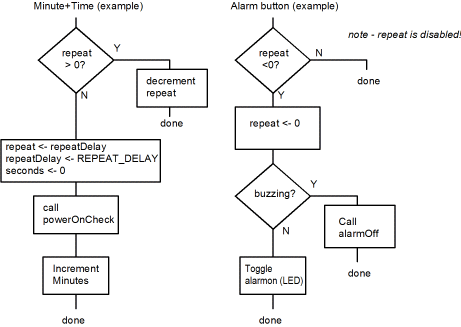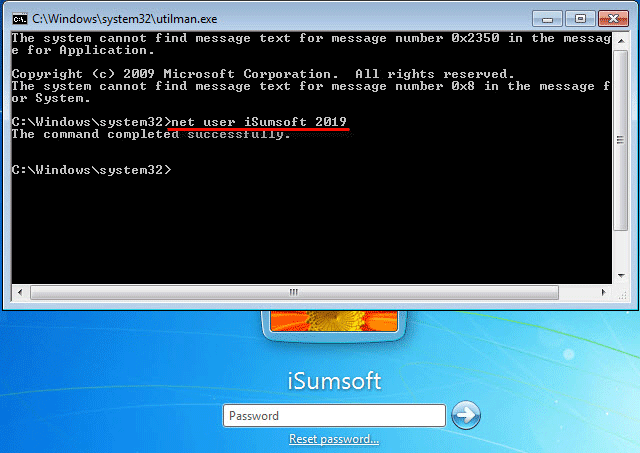

To make it easier, here is an online compiler webpage with all the code already written except the implementation of setInterval.

If you do this, you will learn more than by a simple reading. STM32F051 has several timers for you to play with including TIM1, TIM2, TIM3, TIM6, TIM14, TIM15, TIM16, and TIM17. Other alternative way to reset the windows. I’m always curious to know about how many people do take the time to pause, set the blog post aside, and code up the example. Even better, a good exercise would be to try to code it up yourself. If the implementation of setTimeout is clear for you, the one of setInterval shouldn’t be a problem.

We will go through it line by line afterwards: void Timer::setTimeout(auto function, int delay) Implementation of setInterval Here is the implementation of setTimeout. The code was more concise without them, which is a hopeful sign for C++20. Void setInterval(Function function, int interval) Įven though the templates don’t add any information here. Void setTimeout(Function function, int delay) This leads to a nice interface: Timer t = Timer() Timercpp uses an interface inspired from JavaScript, by implementing a setTimeout and a setInterval functions. I learned several things when looking at this library and the discussion around it, so I figured maybe other people could find this instructive too. the reasons why it should maybe not be used in production are also instructive.its implementation is instructive to learn about C++ standard library’s basic usages of threads,.The reference point of the returned value is undefined, so that only the difference between the results of two calls is valid. It does not include time elapsed during sleep.
#RESET ITIMER C UPDATE#
) Tap or click Update and recovery, and then tap or click Recovery. Return the value (in fractional seconds) of the sum of the system and user CPU time of the current process. (If youre using a mouse, point to the upper-right corner of the screen, move the mouse pointer down, click Settings, and then click Change PC settings. If it is not production-ready, why talk about it then? For two reasons: To reset your PC Swipe in from the right edge of the screen, tap Settings, and then tap Change PC settings. It has a nice interface that allows for expressive code, however I don’t think it is quite ready for being used in production. At the time of this writing (C++17) and to my knowledge, C++ doesn’t offer such a feature.Ī library called timercpp, that replicates in C++ this handy functionality of other languages, was on the front page of HN. Some languages, such as JavaScript or Visual Basic, offer the feature of a timer, that is to say an object that calls some code at defined intervals.


 0 kommentar(er)
0 kommentar(er)
